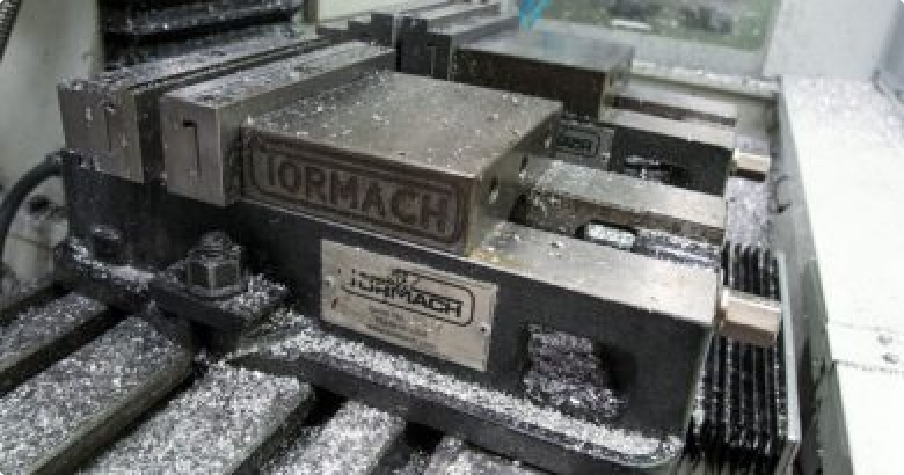We're ready to begin the long awaited beta test for our ATC. If you're interested, we have a very (with a capital "V", that is!) limited number of beta units available. The beta program is going to work pretty much the same as our other beta programs of the past: the hardware is 99% set, and in exchange for discounted equipment, we'd like some feedback on problems or nuisances with our documentation, software interface, and other things you might encounter during installation, operation, etc. Its really a more of a "pre-production" test, but "beta" seems to be the term more ingrained in popular culture, so we'll stick with that. Here's some footage from the prototype in action last year, if you haven't seen it before: Its a 10 position carousel style changer and fully integrated with the mills controller. I'll have some more recent footage to post shortly, but aesthtically, isn't hasn't changed much. Here's a brief feature run-down:
- 10 position Tool Tray
- Slide activation via Double Acting Pneumatic Cylinder with Air Cushion
- Integrated Mach3 control with graphical screenset
- Air Blast
- Exchangeable Tool Trays
- Integrated Touch-off routine (requires electronic tool setter)
- Swappable and configurable tool designations. Any tool number can be assigned to any slot and requires no program change
- Carousel Position Feedback
- Automatic Crash Detection and Warning
So, how do you get involved in the Beta program? The first step is to let us know that you're interested, and what the serial number of your machine is. Ultimately, we'll choose the beta sites based on internal engineering criteria from the applications that we recieve. The most important of these is making sure we get a good sampling of both newer and older machines. So it won't be a first come, first served kind of thing, and we won’t be able to satisfy all requests for beta equipment. What’s the final cost? As you probably already have guessed, the ATC is going to be the most expensive thing in our catalog to date (not counting the mills). That’s just the nature of the product – Its essentially a smaller CNC machine that attaches to the PCNC, with nearly the same amount of effort in design and engineering. We're not quite sure what the exact list price is going to be right now, but some of the guesses I've read on CNC zone are definately in the ballpark. If you had plans to get your hands on an ATC, the beta test is a unique opportunity to get a great discount on nearly production hardware in exchange for a few hours of your time. If you couldn’t justify the purchase of an ATC before, the chance to get in on the beta test probably won’t change your mind. And the beta program isn’t for everybody. Beta in our lingo means, "close, but maybe not ready for prime time." If your PCNC workload doesn’t allow for the unexpected delay or two, then beta testing probably isn’t for you. You’ll be better off waiting for the main release. The ATC we demonstrated last summer was working great, but as we pointed out at that time, it wasn’t yet to the point of a production design. Experienced engineers know that, when working toward a truly robust product, making something work is only half the battle. This fall we spent a lot of time running it and trying to break it. A truly robust product will break a shear pin instead of breaking a weldment, strip a belt instead of bending a shaft, or trip a breaker instead of burning out a motor. All things will eventually fail, but a poorly designed product will suffer catastrophic failure, while a well designed product will demonstrate graceful failure and ready to get back online quickly. Finding weak points and perfecting the design has been the focus of the last 6 months on the ATC. That being said, the first unit has already completed 100,000 changes without issue. That’s a pretty good proof-of-concept. [nggallery id=48] For an example of a specific change, we added a thin plate weldment to mounting bracket. This stiffened up the unit considerably and, as an added benefit, allowed us to incorporate a 30% cycle time reduction to the tool change procedure. Other changes include:
- Smoother air logic
- Smarter user interface
- Improved crash detection
For those who would like to look into this further, minimum requirements are: PCNC 1100 Series II system or Series I with Spindle Upgrade Power Drawbar Upgrade If you're interested in learning more details, send us a note at blog@tormach.com


